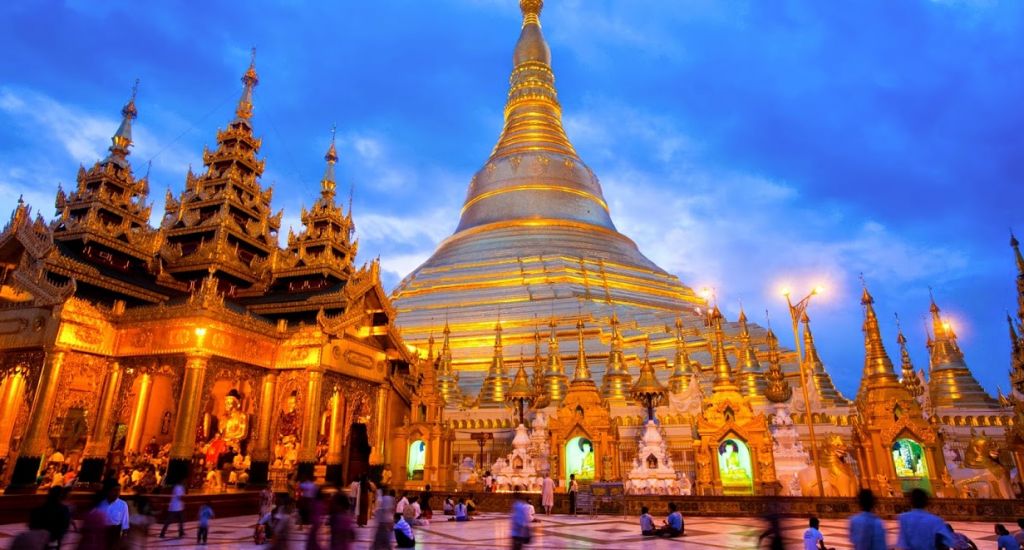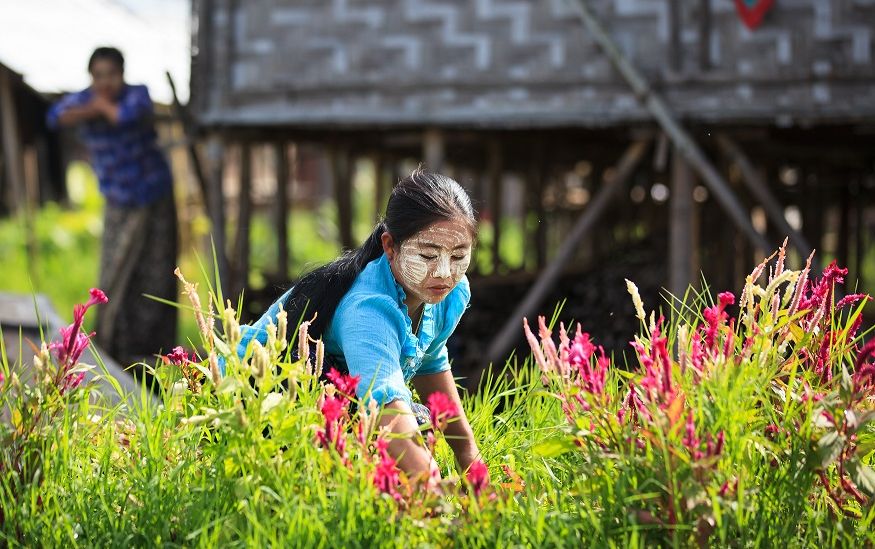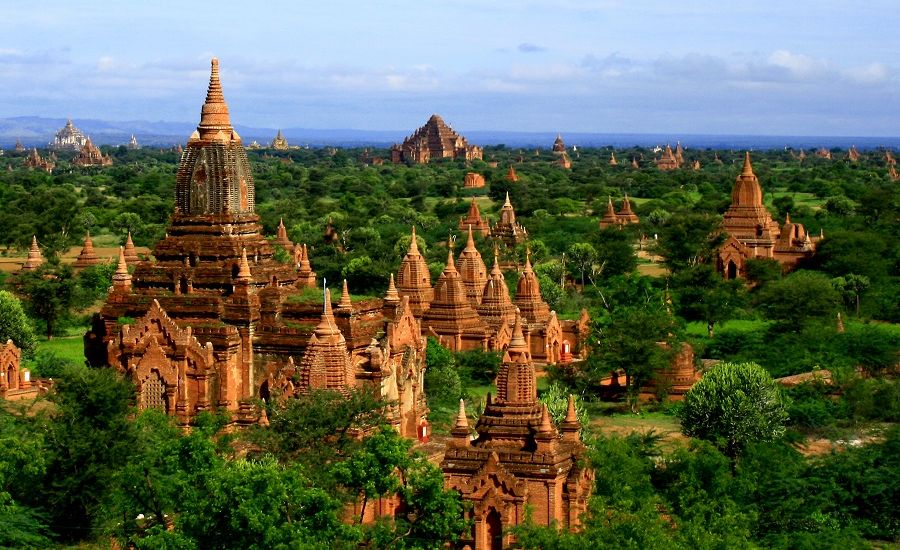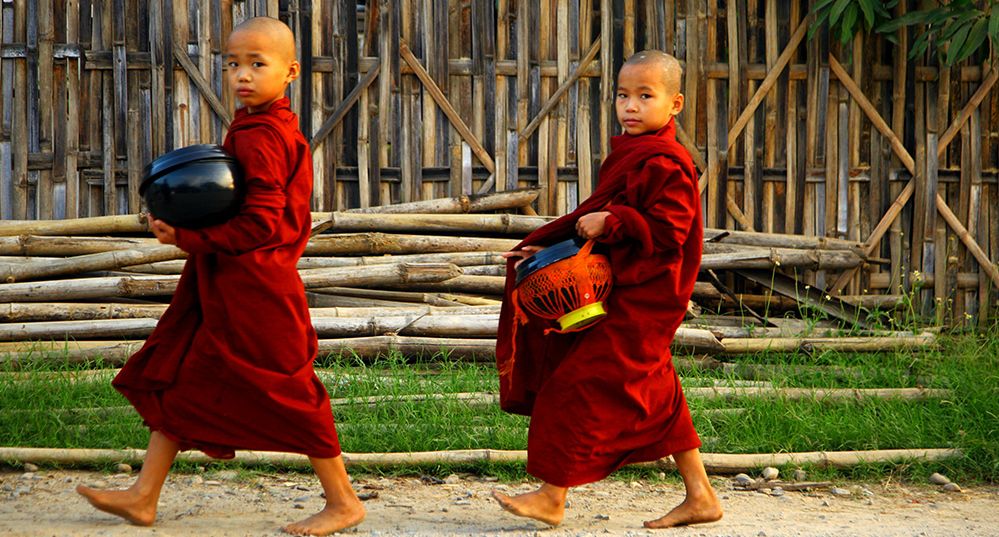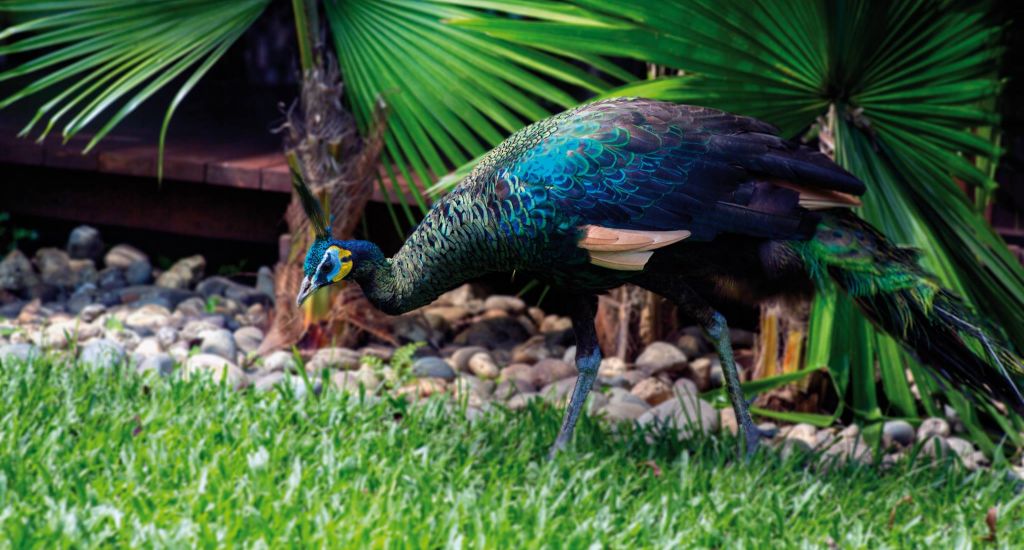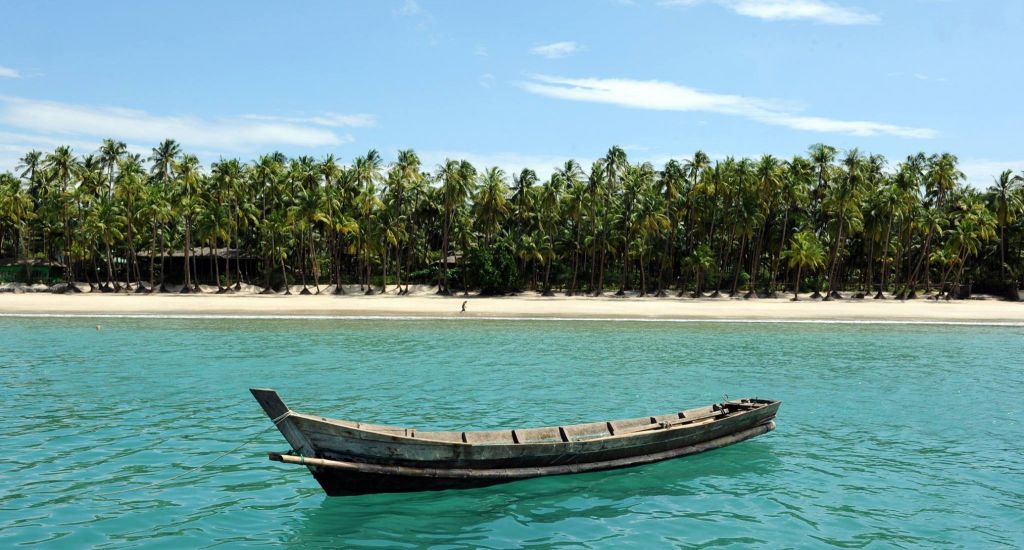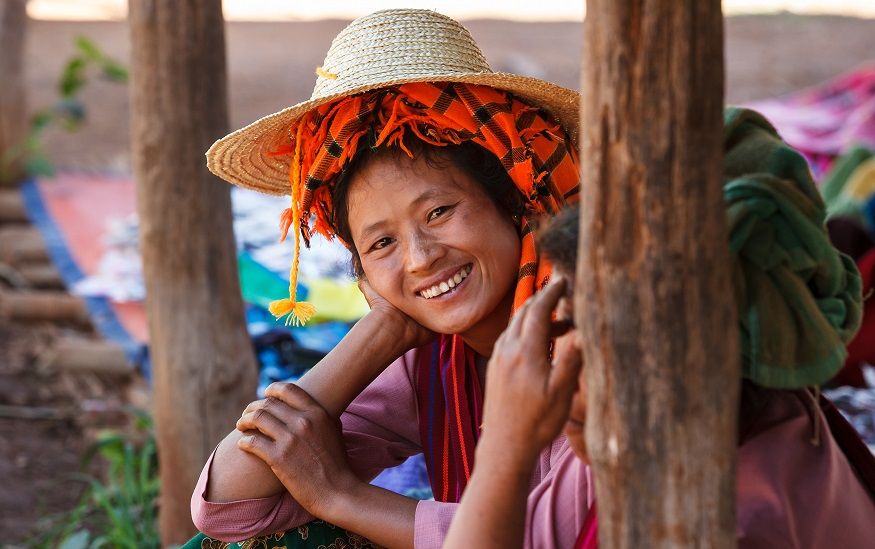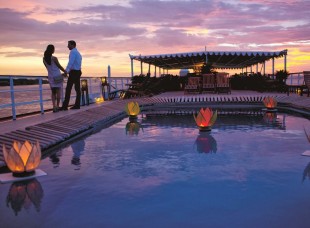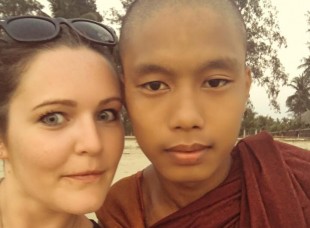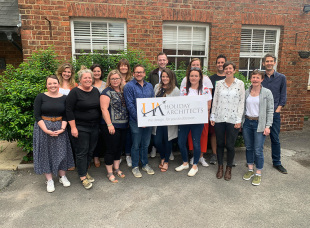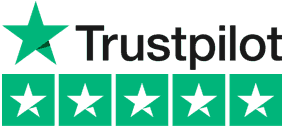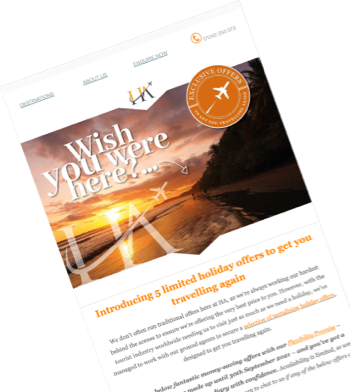Overview
“This is Burma and it will be quite unlike any land you know about”, wrote Rudyard Kipling in ‘Letters From The East’ in 1898. Well over 100 hundred years later this observation still holds true.
It is a nation as friendly as it is diverse – sincere Burmese smiles welcome you when visiting once-elegant Colonial city’s; remote hill-tribe markets; pristine white beaches; ancient gold-clad pagodas; idyllic lakes, pastures and fields; Himalayan lodges or whilst walking on seldom-trekked trails. Travel becomes a constant joy because of these deeply spiritual, tolerant, open, intelligent and often mischievously witty people. Perhaps more so than any other country, Burma affects you.
Buddhism is at the very core of every-day Burmese life and its symbols are everywhere. Be it the Shwedagon Pagoda which dominates Yangon’s skyline, Bagan’s sprawl of 800-year old temples, the precarious ‘Golden Rock’ in Kyaiktiyo, allegedly balanced only by a precisely placed Buddha hair or the thousands of shaven-head novice monks who solemnly collect their alms in neatly coordinated rows, as visitors in turn capture the perfect image they unwittingly create.
Years of impoverished isolation (for the vast majority) has sustained a simplistic charm. It is South-East Asia as it once was, with the alluring aura of a bygone age. However, Burma is now changing – who could begrudge its beleaguered population the opportunity to progress – and the trappings of tourism, both positive and negative, are beginning to show. But it remains a million miles from what Thailand or Vietnam are today, with the real Burma still evident from the moment you get off the plane; men in traditional skirt like longyis and the women with tan-coloured thanakha dolloped on their faces. Always smiling.
Simply put, this is a country which gets under your skin and we defy you not to fall in love with its landscapes, its culture, its spirituality and its people.
When to Travel
Burma makes for easy choices, as there are simply two distinct seasons – the ‘dry season’ takes you from October to May and then the ‘wet season’ encompasses the remainder of the year.
However, that is not to stay that you can’t visit any time. Many of us actively prefer the ‘wet season’ for the fewer crowds, the verdant green countryside and the knowledge that the tropical rains are often only short, sharp and refreshing. That being said, at the peak of the wet season some regions become inaccessible and some, such as Ngapali Beach, close altogether.
Heat, and your ability to tolerate it, should be your principal consideration. The last of the dry months and the first few months of the wet season (lets say March through June/July) are ferociously hot. Temperatures can and do exceed 40 degrees, accompanied by uncomfortable levels of humidity. Colder months follow the end of the rains, from October to December/January, when it can get genuinely quite cold in the foothills and highland areas, especially at night.
Conventional wisdom has it that the very best months to visit Burma are from November to February – yet the trade off is that it is likely to be very busy and securing accommodation can become problematic.
Practicalities
Language: Burmese
Currency: Kyat (K), pronounced “chat” is the official tender in Burma. There is no coinage in Burma and the currency is only available in notes of 10, 20, 50, 100, 200, 500, 1000, 5000 and 10,000 kyat. As in many countries of the area, the US Dollar is the most useful currency to carry but we recommend for travellers to exchange some money into kyat. In many local restaurants and shops, kyat is the only method of payment allowed. (see below for further information on Money)
Electricity: Myanmar uses 220V, and a mixture of flat 2-pin, round 2-pin or 3 pin plugs. It is recommended to bring a universal plug adaptor. Power outages are quite common but most hotels have their own generator.
Clothing: Comfortable lightweight clothing in natural fabrics such as cotton is most suitable for traveling in Myanmar. The dress code is fairly casual as in most parts of the tropics but it is advisable to cover arms and legs in the evenings against biting insects. A lightweight raincoat and umbrella are a good idea in the rainy season and the umbrella can also offer useful shade from the sun. Evenings in the hill stations and on Inle Lake can be quite chilly so bring a sweater or other warm clothing if visiting these areas. This applies especially for the winter months November‐February for treks and the Inle lake area where early morning boat rides can be quite cold. Visitors should not wear shorts, short skirts or other skimpy clothing when visiting pagodas and monasteries. Shoes (and socks!) must be removed before entering any religious building or private home. It is therefore useful to wear shoes without too many laces and which can easily be taken off. We provide small towels to clean your feet before putting back on your shoes.
Etiquette: Burma is still much less westernised than many of its neighbouring countries and therefore please do consider the etiquette and culture of the locals before travelling.
-Respect is key and although no one would likely say anything, it is best to dress conservatively and be mindful of the religious and cultural traditions of the country and its people.
– In some ethnic minority villages it’s still the norm to wear traditional dress, and even in cities many men and women wear a traditional skirt-like garment called a longyi. These days, though, it is also common for locals to wear Western-style clothes and you’ll very occasionally see men in shorts. People will be too polite to say anything, but they may be offended by the sight of tourists wearing revealing clothes. This would include shorts cut above the knee, and – particularly for women – tops that are tight or show the shoulders. It’s especially important to dress conservatively when visiting temples and some travellers carry a longyi for such situations.
– Never wear shoes and socks inside a pagoda or monastery as they are not allowed, although some monasteries allow footwear in the grounds. When visiting someone’s home, shoes should always be left at the door. You should also remember that carpets, mats and other kinds of floor covering are meant to be sat upon, so should avoid walking on them especially with your shoes on.
– Avoid touching another person’s head, as it is considered the most sacred part of the body. Always use your right hand when shaking hands or passing something to someone, as the left hand is traditionally used for toilet ablutions; however, locals do use their left hand to “support” their right arm when shaking hands.
– Have respect for monks in general. Women should never touch them.
– Men should not offer to shake hands with a Burmese lady unless she offers first, and should not touch them even in friendliness. Also, couples should avoid displaying affection in public.
– As with other countries in the region the concept of “face” governs social interaction on every level. You will get things done faster if you go out of your way to make sure that you don’t cause someone to lose face. If you find yourself getting angry, try not to show it as this will only be counter-productive.
Mobile Phones: Mobile phones are unlikely to work in Burma as there are currently no international roaming agreements in place. Some international SIM cards will work in Myanmar as Myanmar, including Thailand (AIS), Singapore (M1) (SINGETEL) (STARHUB) and Vietnam (Viettel).
Local SIM cards are available throughout the country from three network providers: Myanmar Post & Telecommunications, Ooredoo and Telenor. Typically these cost 1,500 kyat (USD $1.50) with top‐up cards in allotments of 5,000 (USD $5.00) and 10,000 (USD $10.00). SIM cards are also available at Yangon Airport (MPT) and Mandalay Airport (Ooredoo).
Food & Drink
Burmese cuisine doesn’t quite have the great reputation of neighbouring Thailand, China or India, and is relatively unknown to the outside world, but there are some delicious dishes to be tried throughout the country (though be prepared for some oily numbers and a little less spice than you may wish for!).
Rice (htamin) is the staple ingredient in the majority of Burmese meals, mixed with local plant and seafood based accompaniments, combing together to achieve a culinary balance of the four primary flavours: sour, salty, spicy and bitter. Rice is usually served alongside a curry (the mildest in Asia), which may appear overtly oily, although do not fear as this oil is not intended to be eaten and is actually a cooking technique (s’i pyan). An assortment of side dishes may also follow the curry out the kitchen; soups, fresh vegetables with various dips and always an unlimited supply of green tea.
Below we have provided some classic Burmese dishes we recommend trying and top tips for dining in Burma. More information on dining in Burma will be provided before you depart on your holiday and will include a full list of recommended restaurants.
Burmese Food Highlights
• Mohinga – Often referred to as the national dish of Burma, Mohinga usually consists of rice noodles in a fish broth with onions, garlic, and lemongrass and topped off with fritters, fish cakes or an egg.
• A Thoke – Burmese salads are a definite highlight and the selections are endless; from the famed Laphet Thonk (green tea salad), to the Gyin Thohk (a pickled ginger mixed salad).
• Shan Khao Swe – Shan noodles are a delicious mix of rice noodles, chicken/pork, onions, garlic, tomato, chilli and crushed peanuts.
• Shan-style Tofu Noodles – Vegetarian style Shan noodles made from a special tofu (a thick porridge from chickpea flour) – ask for a serving without meat to ensure it is suitable for vegetarians.
• Pepyoke Nanbya – An Indian inspired dish found in many tea shops comprising of a chunk of naan bread topped with chickpea like beans with a sprinkling of onions or spices. Generally devoured for breakfast.
• Mala Hin – A vegetarian meal usually consisting of tofu, beans, rice noodles, peaks, kalian, carrots and other seasonal veggies served smothered in a spicy bean sauce.
• Burmese Barbecue – A simple concept as soon as you see rows of uncooked meat lining the street: pick up the basket, add your meat selections, take to the attendant and wait for the food to be returned to you, freshly cooked and very tasty.
• Kyay Oh – Vermicelli noodles in soup with chunks of pork and a selection of fresh greens. Simple and tasty.
• Dan Bauk – A Burmese style biryani with chicken or mutton served with mango pickle, fresh mint and green chilli.
Do’s, Don’ts & Top Tips
– Most people eat with their hands (only with the right hand as this is deemed the clean hand), although cutlery is common and almost always offered to tourists.
– Use the spoon in the right hand to eat from and hold the fork in the left hand to push food on to the spoon, but don’t eat from the fork.
– Entire meals are usually served at once rather than in courses.
– Your bill will likely not be brought to the table in local restaurants (as it is considered rude) and so you may need to go to the register to ask to pay.
– Don’t consume tap water, stick to purified bottled water only.
– Restaurants tend to shut relatively early and outside the big cities most will be closed after 9pm.
– Be prepared to eat in the dark if dining out after dusk due to possible power cuts-candles or torches will be delivered to tables if available.
Travellers Code of Conduct
- We provide all of our clients with a “Travel Facts” document upon confirmation of your booking. This details useful facts and travel advice for your chosen destination, including restaurant recommendations, reading tips, basic language, cultural traditions, climate information and brief historical overviews. We feel that this offers a useful insight into the country you are visiting, and can help you interact with local residents in a more sensitive, well informed manner. Please try to take the time to read this information before your visit, if at all possible.
– A number of the countries in which we operate holidays are religious societies with a widely observed set of customs. Always respect these norms, particularly when visiting religious buildings.
– To the best of our knowledge, all of the hotels, lodges and camps within our portfolio operate stringent measures to minimise water usage. All of our destinations have issues with water supplies to a certain extent so feel free to raise any possible wastage should you encounter it during your stays, either with the accommodation or with us upon your return.
– Please ask before taking photographs of people, and respect their wishes should an individual not be happy to be photographed. We find that friendly requests and a smile are usually met with assent.
– Strive where possible to make your own contribution to environmental practices within the destination you are travelling. This might include minimising your electricity usage, avoiding smoking in protected areas, sticking to marked roads at all times while self-driving, avoiding coral while snorkelling and safely disposing of all litter (recycling where possible).
– Where possible, try to purchase from local suppliers. This includes shopping for souvenirs, eating out in restaurants and booking further excursions during your free time. In areas where haggling is an accepted part of daily life, don’t become angry or offended if you are unable to obtain what you perceive as a fair price for an item. We emphasise to local suppliers that our clients should never be taken on unsolicited shopping trips, but if this does happen, try to retain your sense of humour, provide a firm refusal to participate and tell us about this on your return. We pass on all feedback from every trip undertaken with Holiday Architects to the relevant local suppliers, who share our commitment to travelling with sensitivity.
– Please don’t remove any indigenous items from their natural habitat and attempt to bring them back as a souvenir. This particularly applies to coral, shells, plants and food in the natural world, and to cultural artefacts and antiques.
– If you are unsure about anything relating to the above, please feel free to ask our local suppliers or your Holiday Architects specialist. All of these people either live or have travelled extensively in the country you are visiting and will be more than happy to offer their considered advice.
Visas
Due to the current Coronavirus outbreak across the world, please note that entry requirements may have changed.
For all updates please check the latest FCO Travel Advice here: https://www.gov.uk/foreign-travel-advice/myanmar
Health
As we’re not medical experts we feel it is essential you contact your G.P. regarding vaccinations and the like for travel to Burma. In addition to such vaccinations as you’d routinely have for living in the UK, further boosters are recommended for Hepatitis A, Typhoid, Polio and Tetanus. If you have visited a country where Yellow Fever is endemic, you will need a certificate of vaccination.
You must talk to your GP first, but it is worth also drawing your attention to this useful website: www.traveldoctor.co.uk/ – an interactive website providing specialist health information for travellers plus customised lists of travel medicines, vaccines for holidaymakers, global adventure travellers and expeditions.
Malaria is present in Myanmar and it is advisable to take precautions especially if traveling off the beaten track.
Medical facilities are rather limited in Myanmar (Yangon has the best facilities) and it is essential to take out a good medical insurance policy before traveling. Such an insurance should cover the cost of an evacuation flight out of Myanmar (most of the time to Bangkok) which are sometimes necessary.


